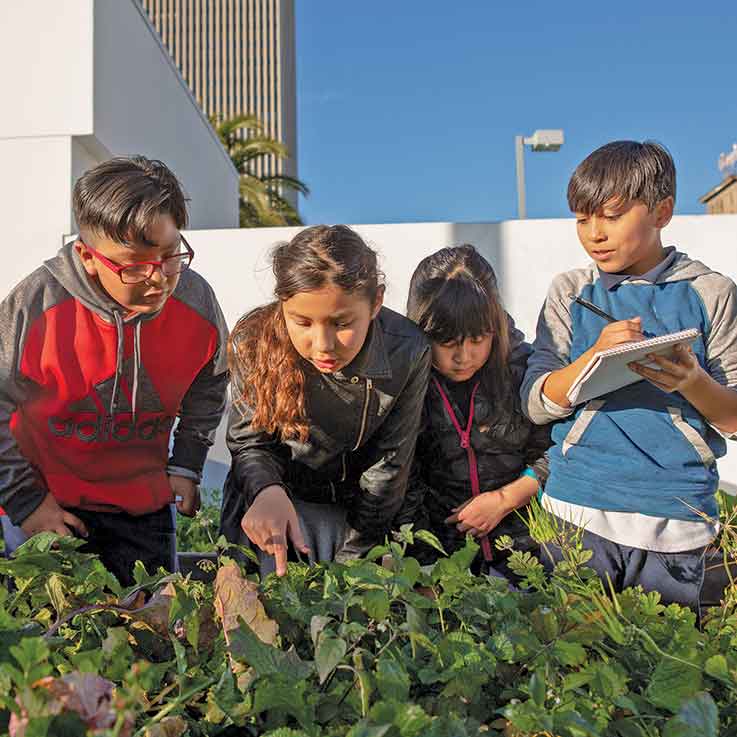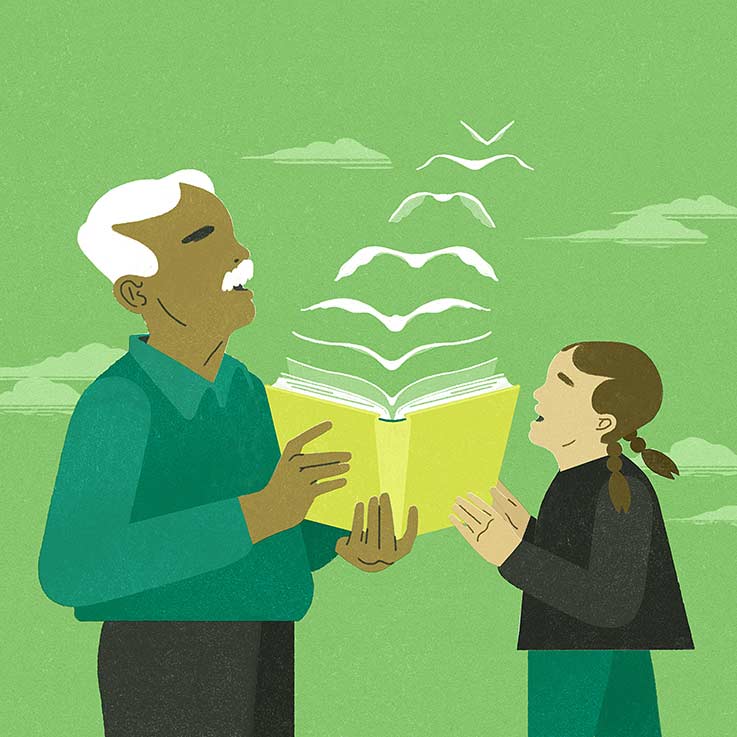
Teach for America Introduces a Participatory Grantmaking Process
Shifting Philanthropic Power
Last spring, as the COVID-19 pandemic magnified the United States’ racial and class inequities, Teach for America endeavored to put philanthropic power in younger, more racially diverse hands.
- CITE
- SHARE
- COMMENT
- DOWNLOADhttps://ssir.org/pdf/Fall-2021-Whats-Next-Haywoode-Philanthropic-Power.pdf
- ORDER REPRINTS
Philanthropy has a well-documented diversity problem. But it also has a power-sharing problem. Money flows from funders to recipients, who often have little say in its allocation. Schoolchildren in the United States, for example, are the most affected by education funding, but they have little influence on that funding’s distribution.
Teach For America (TFA) decided to change this dynamic. Last spring, as the pandemic magnified the United States’ racial and class inequities, TFA endeavored to put philanthropic power in younger, more racially diverse hands.
“We knew communities of color were devising cutting-edge ways to move students and schools through the pandemic,” says Sunanna Chand, TFA’s vice president of systems reinvention. “We also knew that traditionally, innovators who are Black, Indigenous, and people of color lack access to funding.”
TFA launched this diversity effort inside its Reinvention Lab, established in 2019 specifically for educational experimentation and development purposes. In this case, the lab drew on decades of participatory grantmaking research and relied on an anonymous donation to create the Enduring Ideas Fund, intended to allocate philanthropic awards for educational innovators that were decided upon by diverse teams of teenage students and sector leaders of color at the forefront of educational innovation.
The Reinvention Lab designed this process with Transcend, a nonprofit that helps organizations manage educational innovation. It was the first time TFA used a participatory decision-making process. Of more than 70 decision makers, half were teenagers recruited by TFA teachers and alums, and 80 percent were people of color. They worked in small teams over Zoom, reviewing approximately a dozen applications from school districts, nonprofits, and educational technology companies.
In 2020, there were three funding rounds, and lessons from one round led to changes in the next. More teenagers were added to the teams in order to increase their representation. Based on applicant feedback, the written application was expanded to include voice memos and videos for accessibility purposes.
Overall, the fund invested $1 million in 62 projects: Grants of $10,000 to $25,000 provided seed funding for early-stage ideas. Among them, New York City nonprofit Opera on Tap won an award to provide interdisciplinary learning through opera. And the youth development nonprofit B-360, in Baltimore, received an award to use dirt-biking as a platform to teach young people about math, engineering, design, project management, and public relations.
Miho Kubagawa, who leads the effort at NewSchools Venture Fund (NSVF) to invest in public schools, was a decision maker. When she joined, she wondered how deliberations could refrain from paternalism and actually incorporate the expertise of young people.
“The surprise for me is how well it worked,” Kubagawa says. “Working with teenagers didn’t complicate the decision-making [process]. My experience is going to inform our work at NewSchools.”
Rosie Molina’s experience exemplifies how power shifted to students during the process. A student at John F. Kennedy High School in Denver, Colorado, Molina is also a member of the Seminole, Muscogee, and Choctaw nations of Oklahoma.
Over the course of two funding rounds, Molina’s voice grew stronger. She lobbied her teammates to make an award to DreamHouse ‘Ewa Beach, a school in Hawaii that has cocreated a social and emotional learning program with Indigenous students.
Although adults disagreed with her, Molina argued that the program merited investment because it was not located in an inner-city school, where philanthropy is more prevalent. Molina prevailed and the program was funded.
Jonathan Santos Silva, a TFA alumnus, notes the fund’s racial diversity. “So often we don’t look at, say, Black women or Latino men as innovators whose ideas we should invest in,” he says. “But the Enduring Ideas teams were as diverse as the people applying, so innovators of color could be seen.”
Santos Silva won an award to teach innovation skills to Indigenous students from North Dakota, South Dakota, Oklahoma, and Washington so that they could address local problems like offering assistance to isolated elders. In later rounds, he also served as a decision maker.
All this work has produced an inspiring power shift. “Some of the funded projects would likely have a harder time successfully applying to larger foundations or navigating traditional philanthropy,” explains Jenee Henry Wood, Transcend’s head of organizational learning. “So, it felt empowering, innovative, and exciting to make these awards.”
The Reinvention Lab also held a new funding round with NSVF to help other funders develop their own participatory processes for more diversity and inclusion in philanthropy. By next summer, the lab plans to use participatory grantmaking to distribute an additional $1 million in an effort toward its goal of reinventing both philanthropy and learning.










